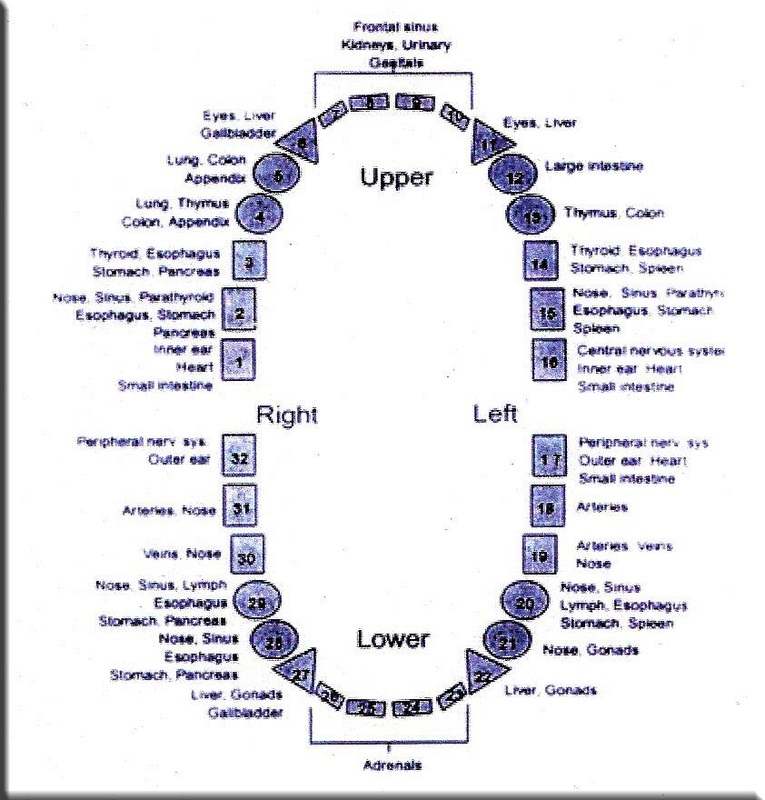Unsuspecting Influences
Santeria is a word generally accepted in Cuba and academically codified by early Anthropologists, such as, Fernando Ortiz. The word became popularized during the Spanish Inquisition denoting features of deviant worship among Catholics, in Spain. Although Africans and their descendants commonly identified themselves according to their land of origin and native names of their religious systems, Cuba’s Catholic Church, secular government, and academia, joined in the codification of the word and influenced its acceptance among the African population. Santeria became the brand name denoting a worshipper of religious fusion, i.e., Catholic, Palo, Espiritismo, Lukumi, Arara, Abakua. The colonial categorization did not clearly differentiate between beliefs systems. By definition it is a projection that resembles a compulsive stew of psychologically confused religious people.
When I entered the academic world of Cultural Anthropology theories and linguistics, it was obvious to me that fundamental terms needed to be challenged. The origin and application of the term Santeria negated our ability to minimize or eliminate colonial stereotypes. Santeria was being studied through the prism of an interesting subgroup cult, which didn’t exactly rise to the dignity of being recognized as a religion. Scholars would quickly argue using a growing theory called syncretism. This meant an intellectual maneuver to negate the acceptance of using the word religion.
Church of the Lukumi Babalu Aye Controversy
When the Church attempted to open its first place of worship in 1987 it took the Supreme Court of the United States to resolve the controversy. Underneath the public debate over the legality of our sacred animal offerings was the complexity of terms used. The colonial and academic uses of Santeria and Syncretism, and longstanding stereotypes, hit us like a furious tsunami. My decade old arguments against Santeria and Syncretism were tested in public opinion and headed for federal court. Church leaders remained firm defining ourselves as Lukumi religion, and also rejected the word santero[s] when referring to our priests. We also refused to accept the words saints and gods when referencing our African divinities. We firmly believed that the terms Santeria, Santero, Syncretism, Saints, and Gods, negated our ability to be recognized as a religion. Moreover, we defended our right as a Church rejecting the implications of the word Cabildo. Our lawsuit reflected our principle. The court documents, withstanding intense hours of deposition, and trial testimonies are a testament of our intransigence.
I vividly remember the intense sparring between myself and Hialeah’s attorney whom treated me and our religion with utter disdain. But, the crucial moment during my testimony came when the attorney recoiled from the attacks and accepted words Church, religion, and priest. The judge accepted and the arguments narrowly continued focused on the practice of our sacred animal offerings. The few of us that were present had to suppress our emotions until 1993 when the Supreme Court also recognized the three profound words.
In juxtaposition, the Cuban government launched its new scheme using theorist principles of Marx’s Dialectical Materialism. They retained the colonial Santeria, Santero, Syncretic cult, and gods. The new supplantation was packaged as “folkloric traditions” which negate the recognition of religion.
Contemporary Challenges
Historians cannot negate the important features of the Church case beyond the superficial theme of animal offerings. It is undeniable that the Church case shattered the use of colonial repressive words. The landmark case was the unprecedented benchmark in Diaspora history where the dignity of the words Church, Lukumi religion, and priest, became the acceptable terms used by the nation’s highest court. These words represent our identity but Anthropology and Dialectical Materialism still show some resistance to change.
Nowadays, many of our religious members are being influenced by the operational language used in academia. Our own people are referring to themselves as “initiates” which negates the dignity of priest. In supplantation of the word religion the term “tradition” is becoming a common theme that negates religion. The word Church seems to be absent. Scholars continue to visit Cuba expanding their theoretical interest without clearly distinguishing the Marxist Dialectical influences. Moreover, the influences now have their footprints in the publications called “treaties” which negate the idea of sacred liturgy.
Comparative religious studies has introduced the word Ori. The monotheistic concept of Ori in supplementation of Lukumi Eleda is growing in popularity. It negates the concept of henotheism which is arguably closer to describing Lukumi. Media reports continue to depict our religion using colonial stereotypes which negate our legitimacy. It is difficult to predict in to the distant future where the borrowing, change, and diffusion of words will land us. But, the level of awareness of what took place to have our dignity respected should rise and not be forgotten. Since the court decision the words Church, Religion, Priest, and Orisha, are being used but we need to be mindful and steer away from words that undermine our dignity. The Church case is a living testimony that semantics matter.
Oba Ernesto Pichardo
12/21/13


 RSS Feed
RSS Feed